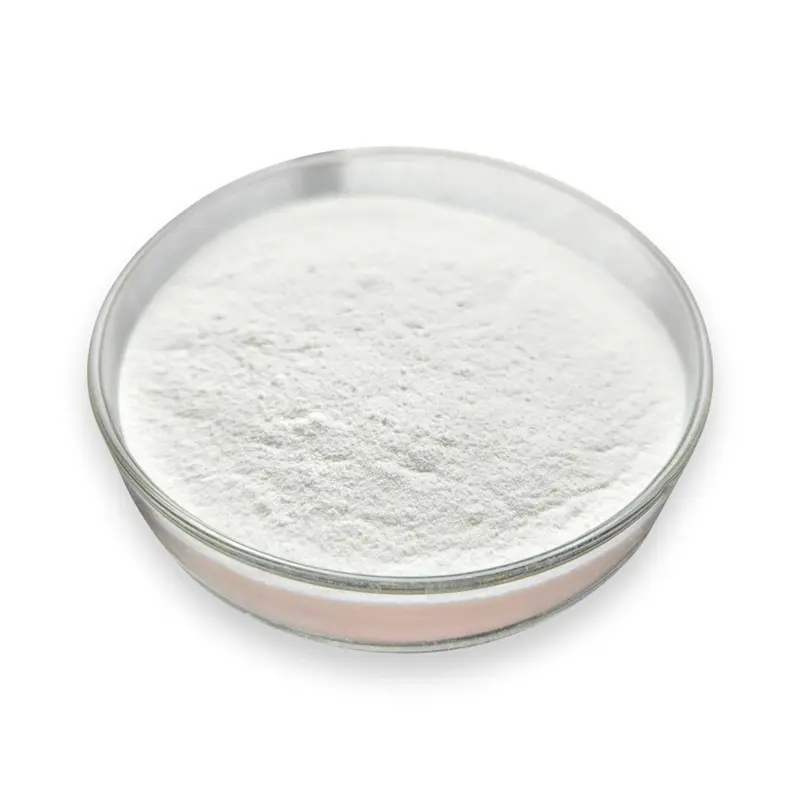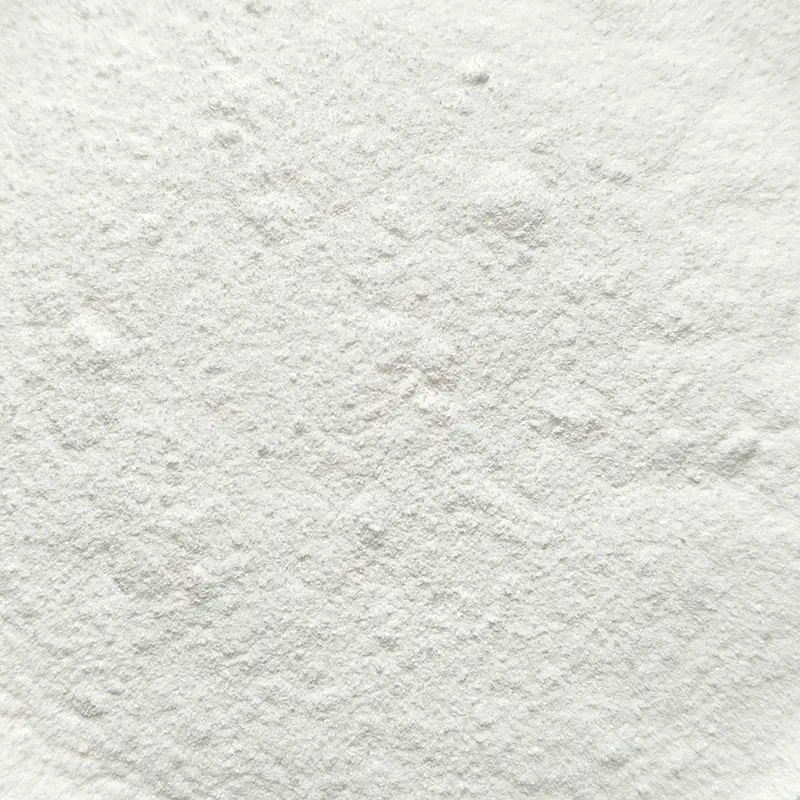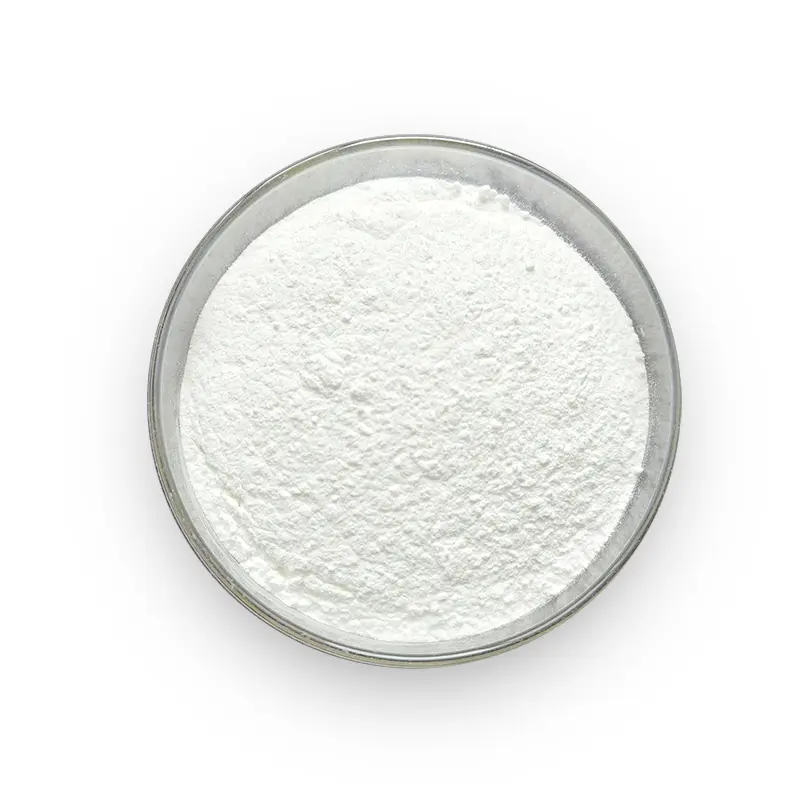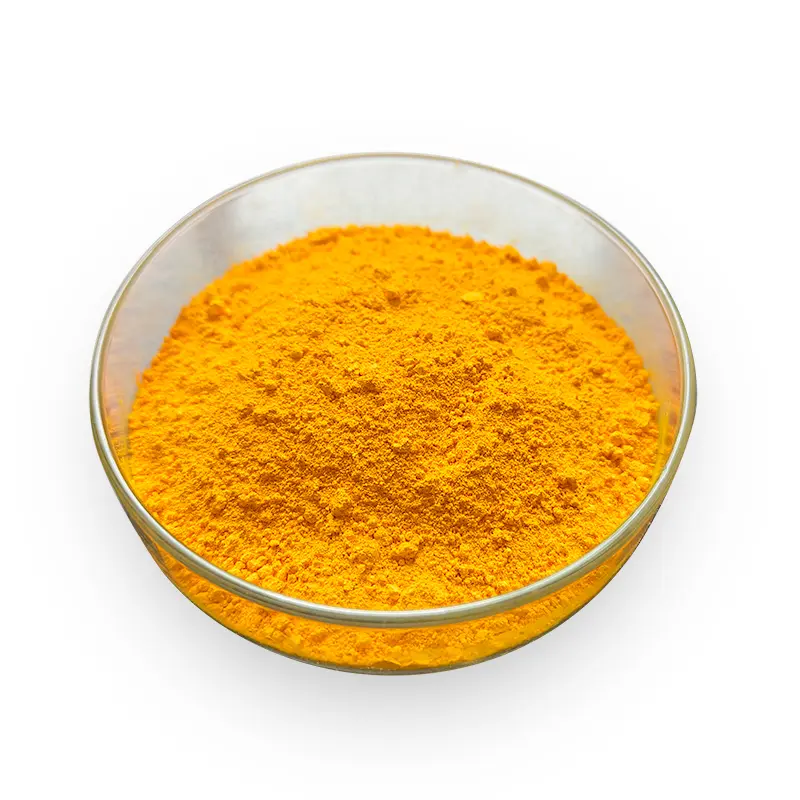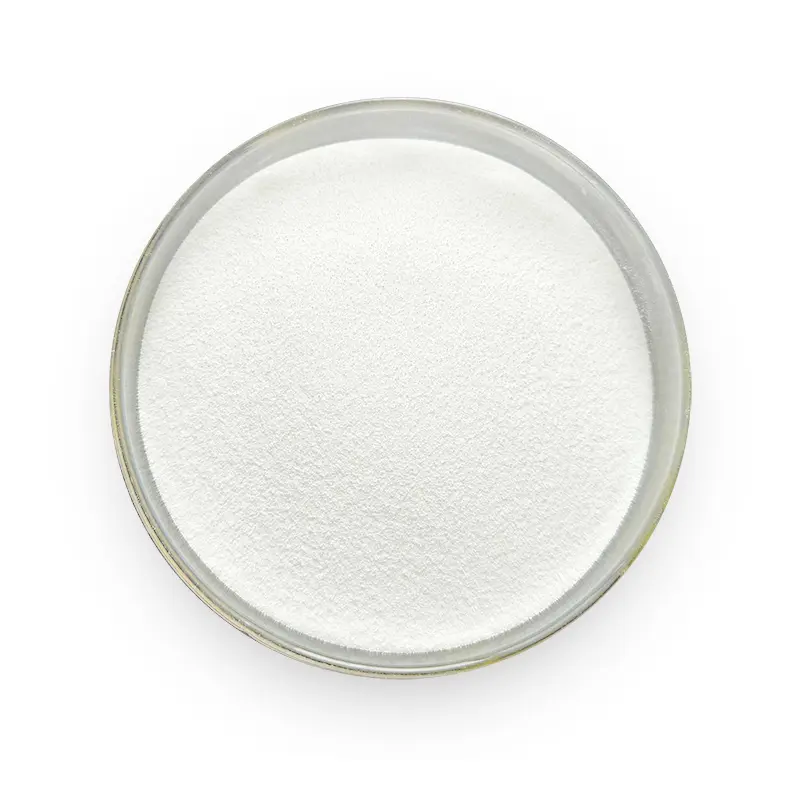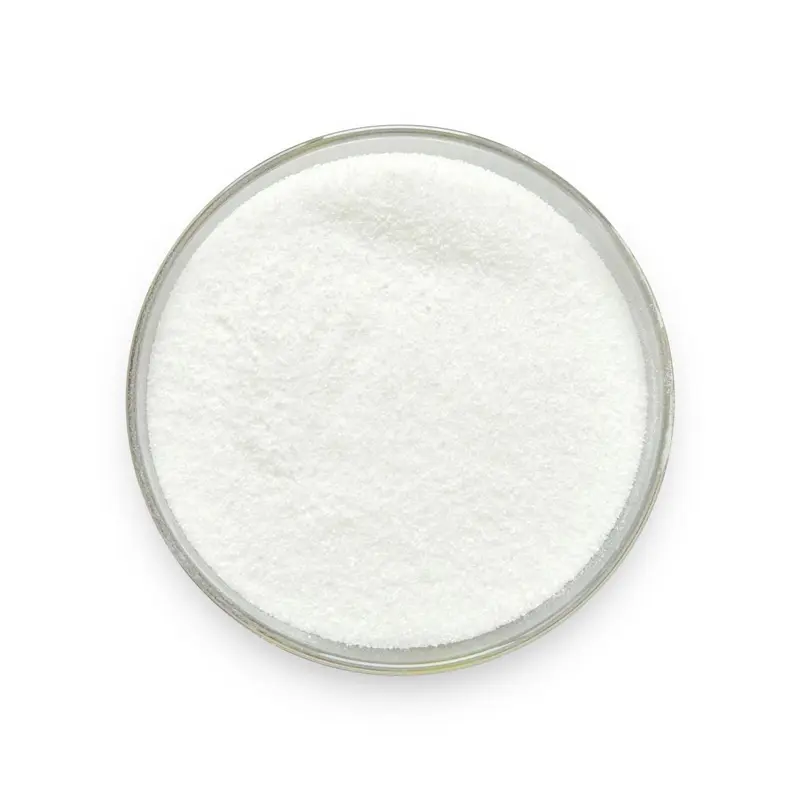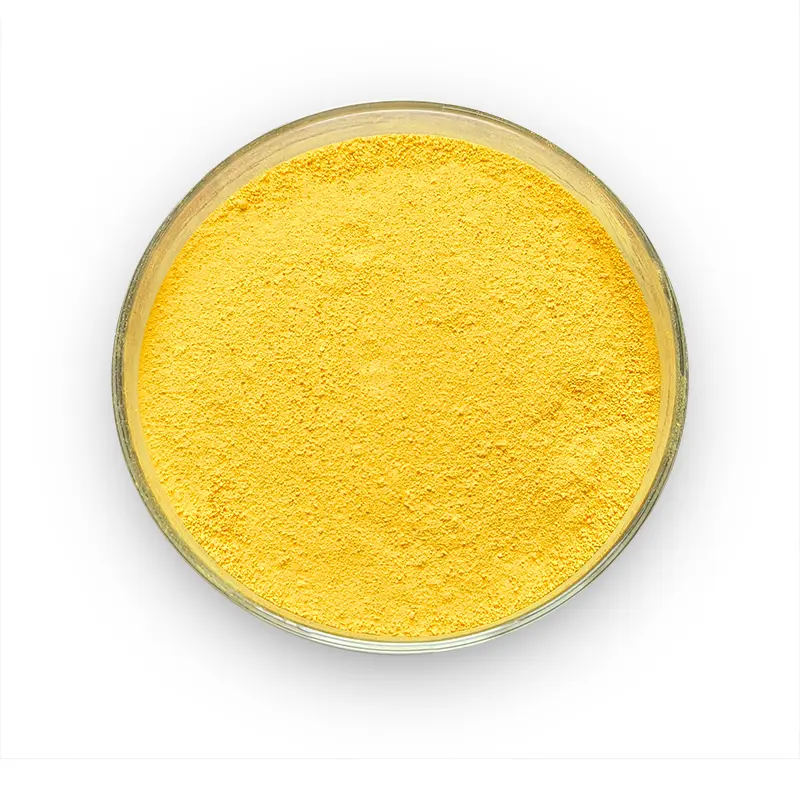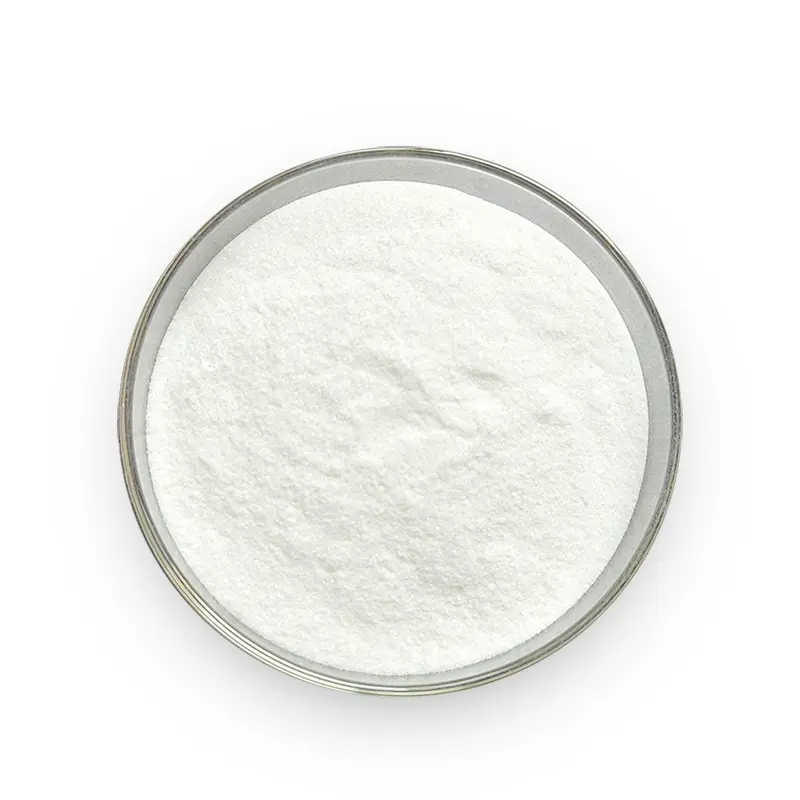DeBon Superior Bioavailable Vitamin B6 (Pyridoxine Hydrochloride) Feed Additive
Product Specifications
| Product Name | Vitamin B6 (Pyridoxine Hydrochloride) |
| Chemical Name | Pyridoxine Hydrochloride |
| CAS No. | 58-56-0 |
| Specification |
Active Ingredient (C₈H₁₁NO₃·HCl, dry basis): 98.0–101.0% Loss on Drying: ≤ 0.5% Residue on Ignition: ≤ 0.1% PH (Acidity): 2.4–3.0 Heavy Metals (as Pb): ≤ 10 mg/kg Total Arsenic (as As): ≤ 2 mg/kg |
| Appearance | White to slightly yellow crystalline powder. |
| Compliance Standard | GB 7298-2017 (China National Standard). |
Functions
Vitamin B6 (Pyridoxine Hydrochloride) is essential for:
Facilitating protein and amino acid metabolism in animals.
Supporting nervous system function and neurotransmitter synthesis.
Enhancing immune response and hemoglobin production.
Storage & packing
Storage Conditions
Store in a cool, dry place, protected from sunlight, rain, and moisture.
Avoid contamination with toxic or hazardous substances.
Packaging
Net Weight: 25 kg per carton.
Shelf Life: 24 months
Usage and Dosage
Add directly to feed and mix thoroughly, or use as per production requirements.
Recommended Dosage (as Vitamin B6, in mg/kg feed):
Swine: 1–3
Poultry: 3–5
Fish: 3–50
FAQs
1. What are the key functions of Vitamin B6 in animal feed?
Pyridoxine Hydrochloride (Vitamin B6) is critical for amino acid metabolism, neurotransmitter synthesis, and immune function in livestock. It prevents neurological disorders in poultry (e.g., convulsions), supports red blood cell formation in swine, and enhances stress resistance in aquaculture species.
2. How stable is Pyridoxine Hydrochloride during feed processing?
Heat Stability: Retains 92% activity after pelleting at 80°C for 2 minutes.
pH Sensitivity: Stable in pH 3–6. Degrades rapidly in alkaline conditions (pH >7.5) – stabilize with citric acid (0.5–1%).
3.Can it be mixed with choline chloride or trace minerals?
Compatible:
Choline chloride (<60% concentration)
Zinc oxide, Manganese sulfate
Incompatible:
Copper sulfate (>150 ppm): Chelation reduces bioavailability – use coated copper sources.
Riboflavin (Vitamin B2) in alkaline premixes: Competitive absorption – separate mixing phases.
Compatibility
Compatible With:
| Category | Examples | Best Practice |
| Vitamins | B1 (Thiamine), B12 (Cobalamin) | Add B6 after B1 in mixing sequence |
| Antioxidants | Vitamin E, BHA | Prevents oxidative degradation |
| Acidifiers | Lactic acid, Formic acid | Stabilizes in acidic premixes (pH 4–6) |
| Enzymes | Protease, Amylase | No interference observed |
Incompatible With:
| Substance | Risk | Mitigation Strategy |
| Alkaline additives (e.g., sodium bicarbonate) | pH-induced degradation | Pre-mix with acidifiers (target pH 5–6) |
| Iron sulfate (FeSO₄ >300 ppm) | Chelation reaction | Use organic iron (e.g., Fe glycinate) |
| Isoniazid (antimicrobial) | Antagonistic effect | Administer 4 hours apart from feed |
| Ethanol (liquid feed systems) | Solubility conflict | Use dry premix or post-fermentation addition |
product details
